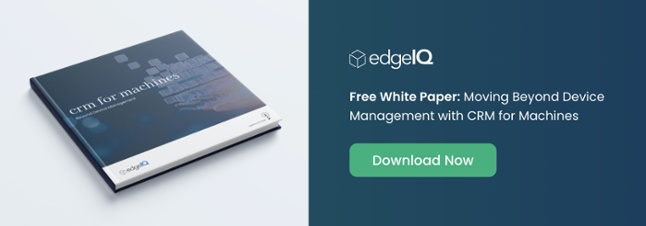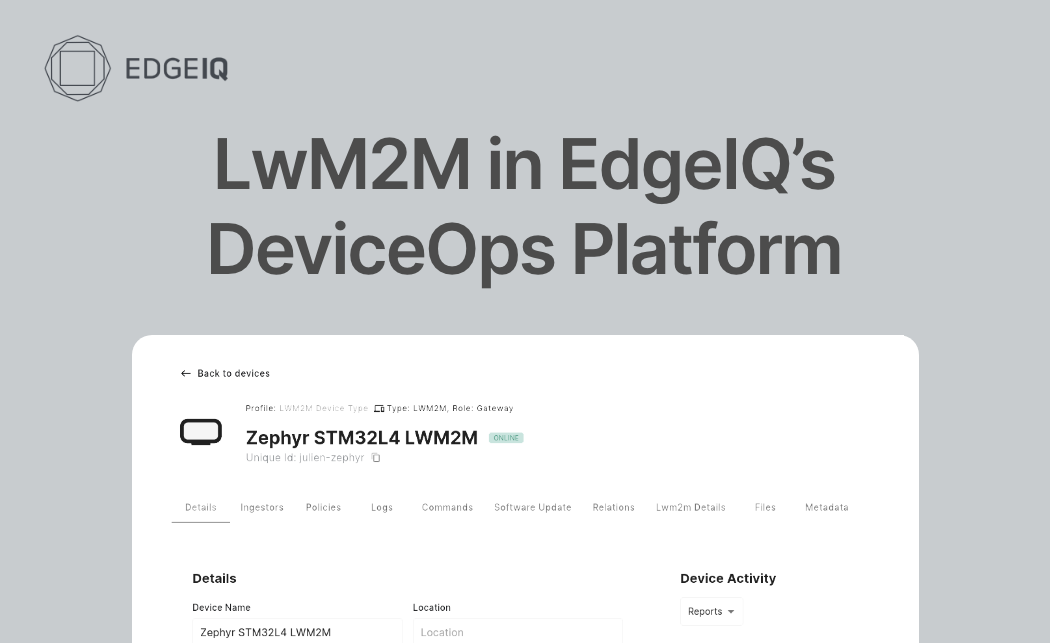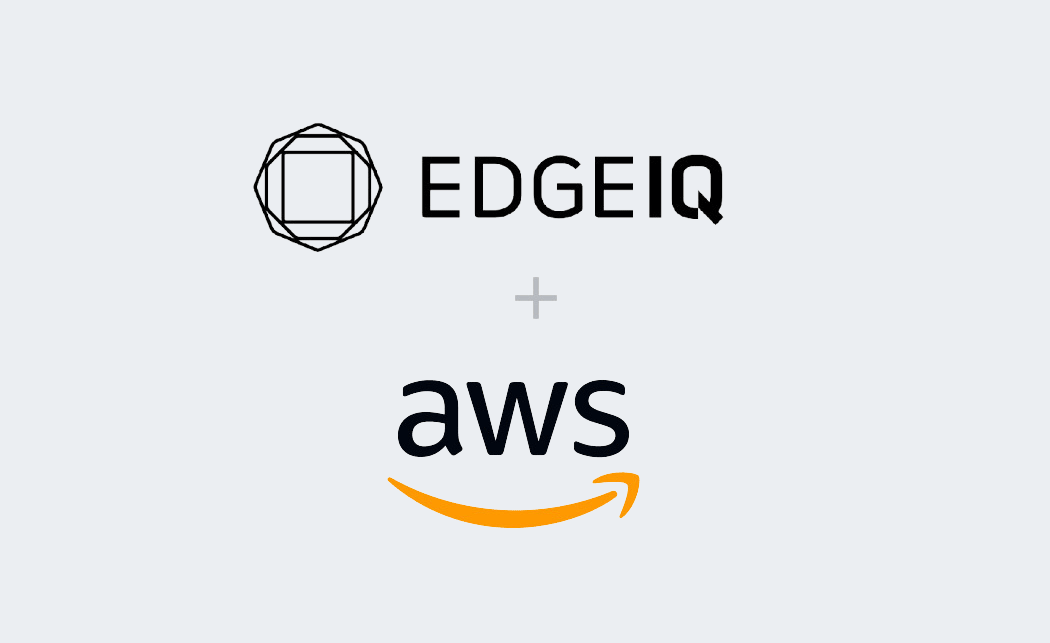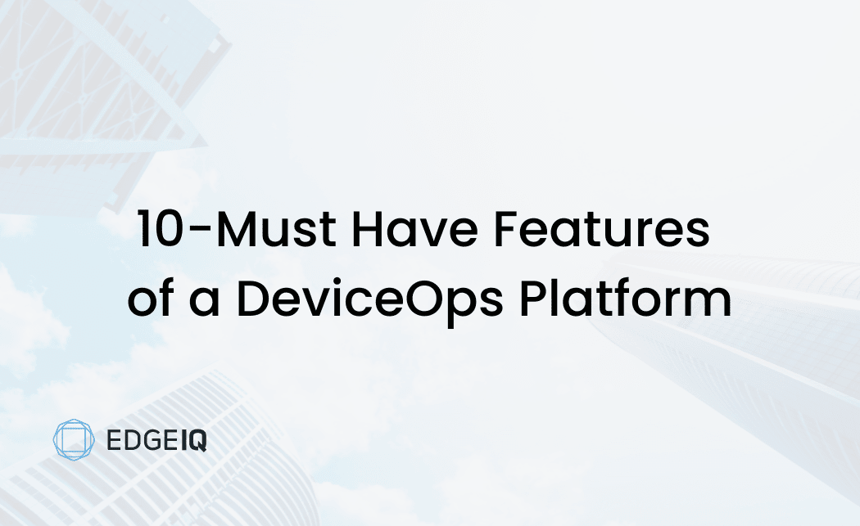We are fascinated by the evolution for cellular technology; did you say 5G, LPWA, LORA, SD-WAN?? How exciting is it that your smart “thing” is based on the latest and greatest technology? Very! In a world filled with smart devices, IoT (or connected) devices, and M2M devices, we love to talk about the evolution of the technology. Although technology evolution is always interesting, it is the evolution of device management that is really critical. What would we do without the window into our devices?
Let’s explore device management by looking at four key practices. And while we look at this as an “evolution”, it’s important to note that we see these practices overlap - especially as more connected devices are brought onto the market.
1:1 Device Management
Yes, this is a thing. Although the evolution is progressing, many devices are still managed on a per device basis. This stems back to the simplicity of SMS device management and remote desktop access of a GUI interface. And in many cases today, software and firmware updates are still only available on a 1:1 basis.
Closed Device Management or Hardware Vendor Specific Management
Many IoT devices are managed through a completely closed, vertically-integrated management platform. Many times these solutions provide management focus specifically on that device or vertical market only and may be offered only as a “solution” with a recurring cost structure (per month, etc.). As the name implies, it’s closed to just that device and does not allow for further software integrations or application-specific modifications. It’s easy to see why connected device and application providers like this approach (recurring revenue and stickiness of device choices) to manage larger amounts of devices in the field.
App-Based or Ecosystem Type Device Management
App-based models expand the ecosystem slightly, this approach focuses on a “device ecosystem,” allowing a number of devices to be connected or managed together. While this model provides advantages over the closed model, there are still drawbacks. In many cases, it removes the limitation on commitment to only using one hardware vendor. While this opens the door slightly, there are still ties to specific vendors with obsolescence of always a factor.
Standards-Based Open Architecture Device Management
This is the vision for the future of connected devices. This model enables device management for all IoT devices in which identity and firmware are managed using a familiar, standardized process or workflow. This removes the commitment to a specific device vendor and enables a truly open consumer controlled device management ecosystem, where device ownership and management are always under the consumer’s control. For such a model to work, the IoT industry needs an open device management standardization effort in place… and still needs to continue to evolve.
Evolution by definition is: “the gradual development of something, especially from a simple to a more complex form.” Ideally the adaption of a more open standards-based approach to connected device management will actually reverse the evolution – moving towards a progressive, less complex, and more consumer-focused approach.
>Written by Terra Bastolich - Ms. Bastolich is an IoT industry sales and marketing executive, with a profound voice for simplifying IoT challenges and delivering content that is easy to understand and implement. She is a frequent speaker at industry events and has been a major contributor to the growth of several products in the early days of M2M and IoT communications.






